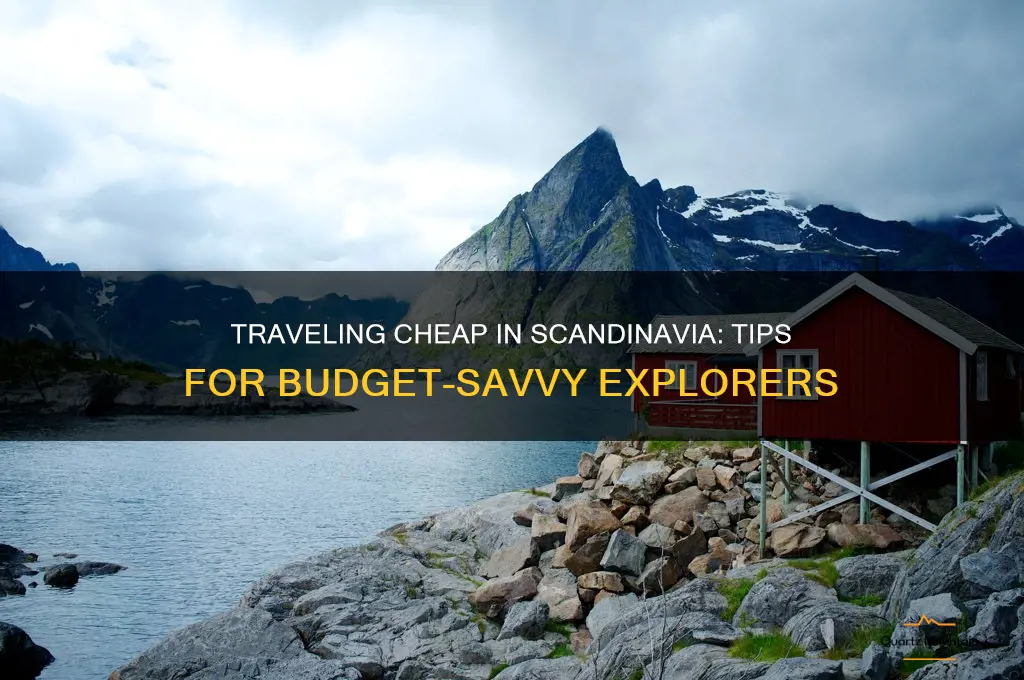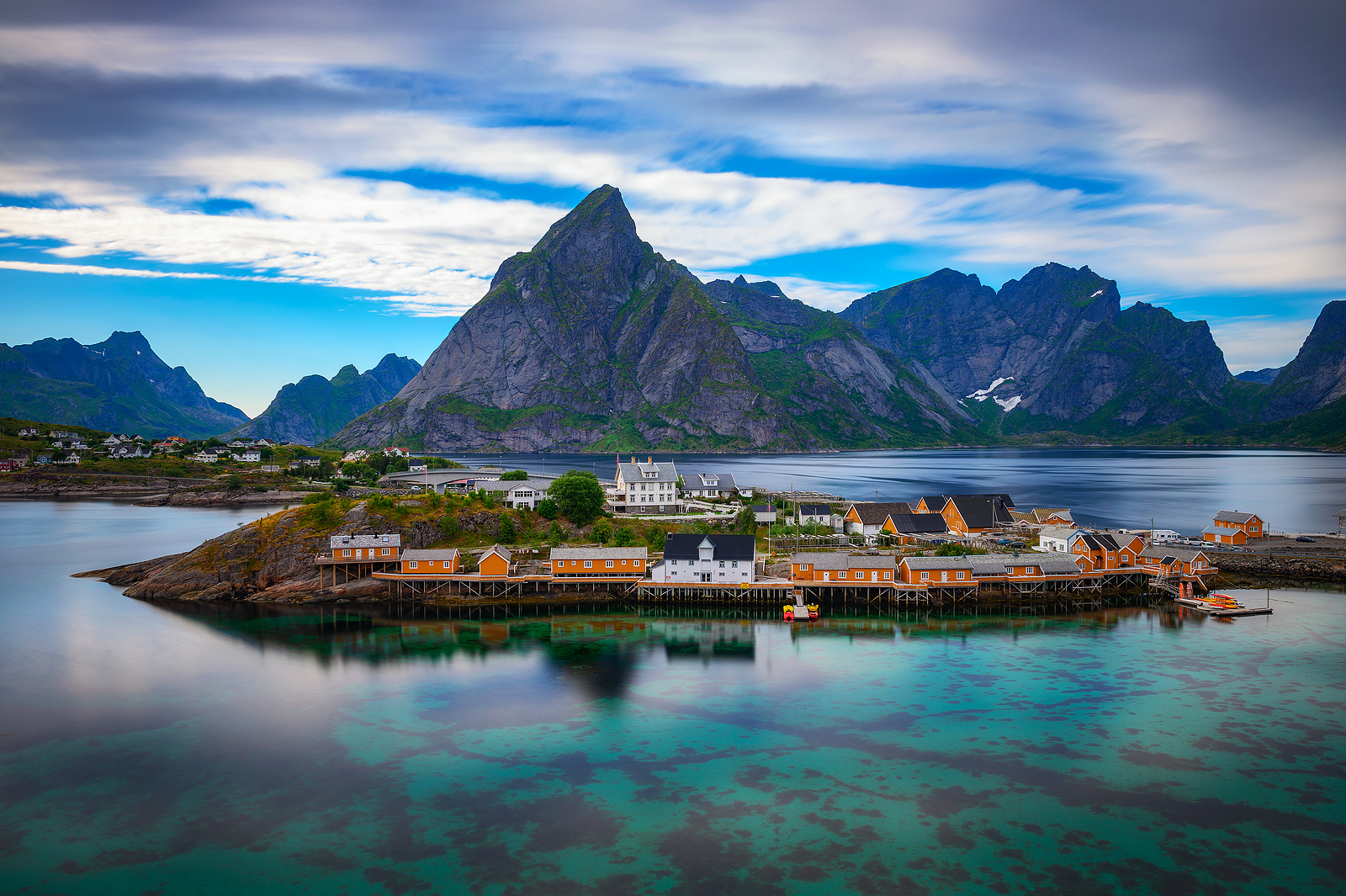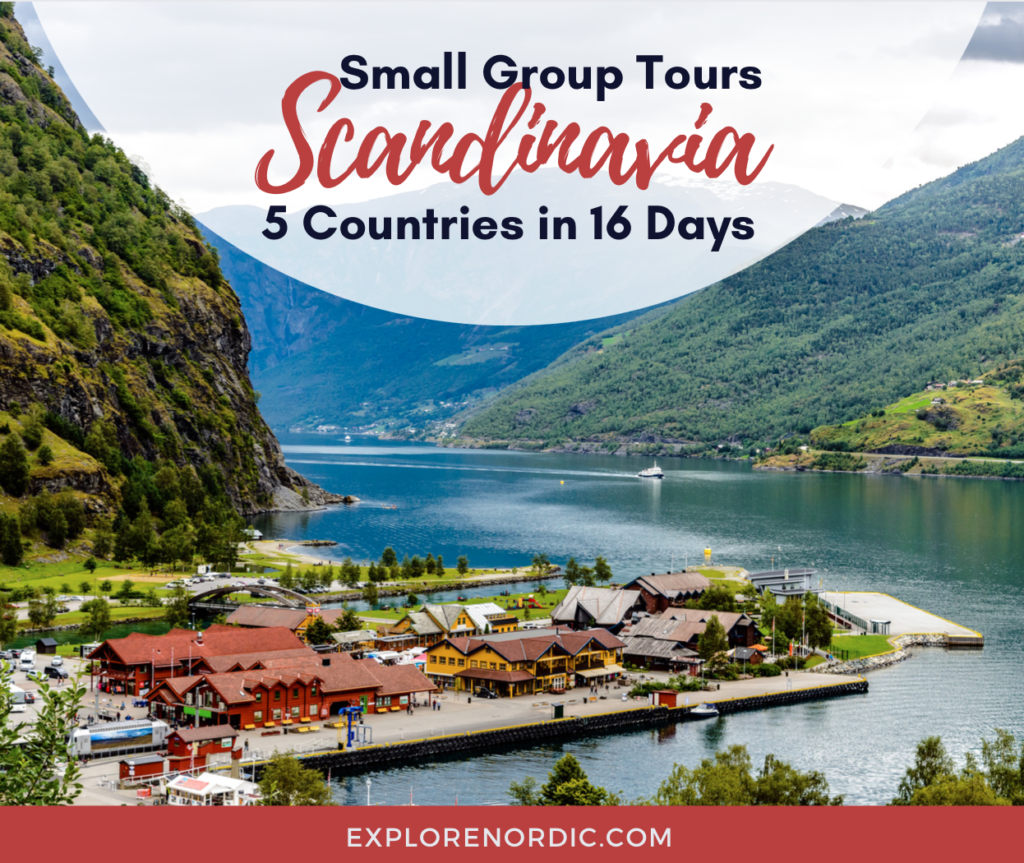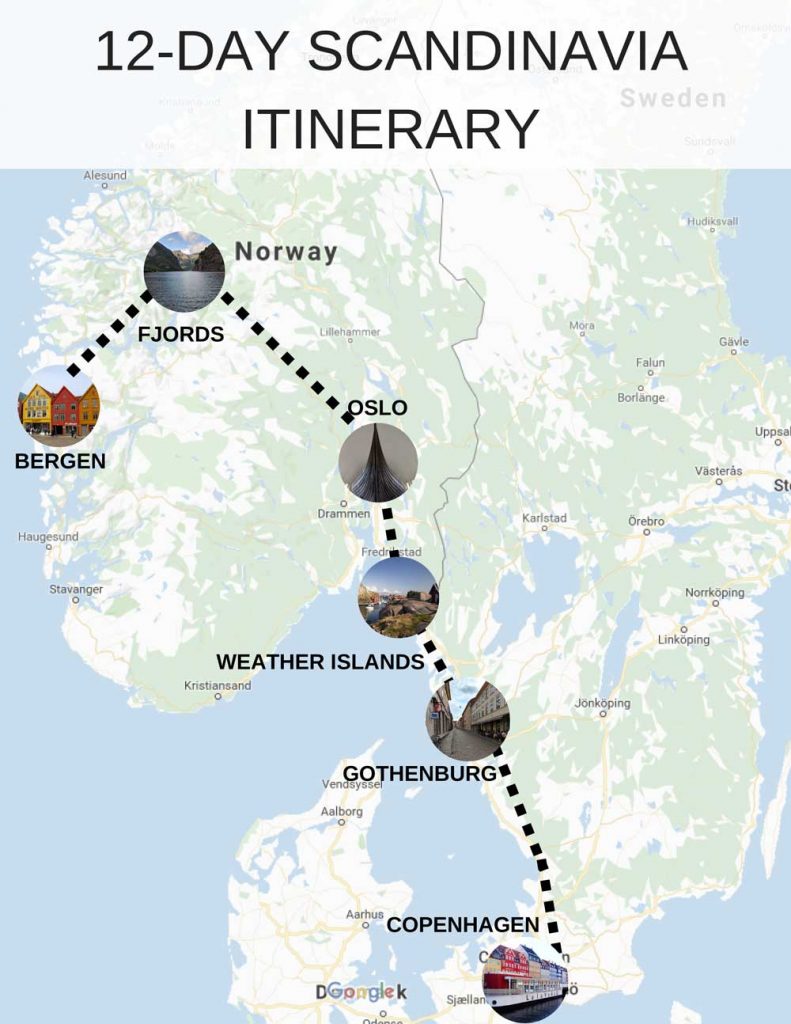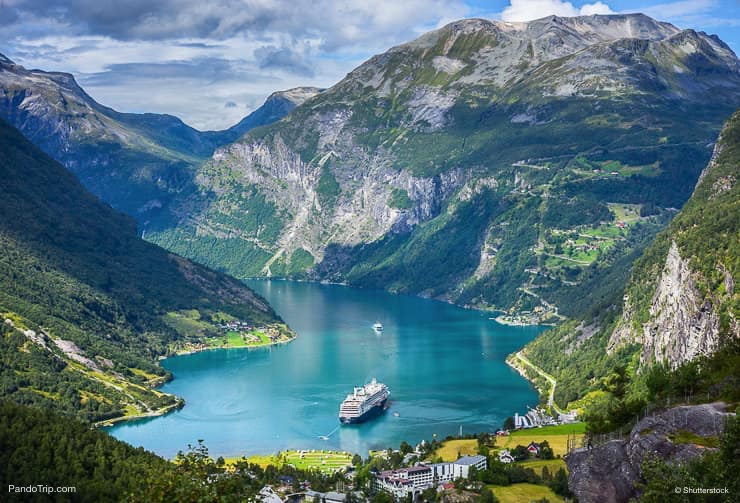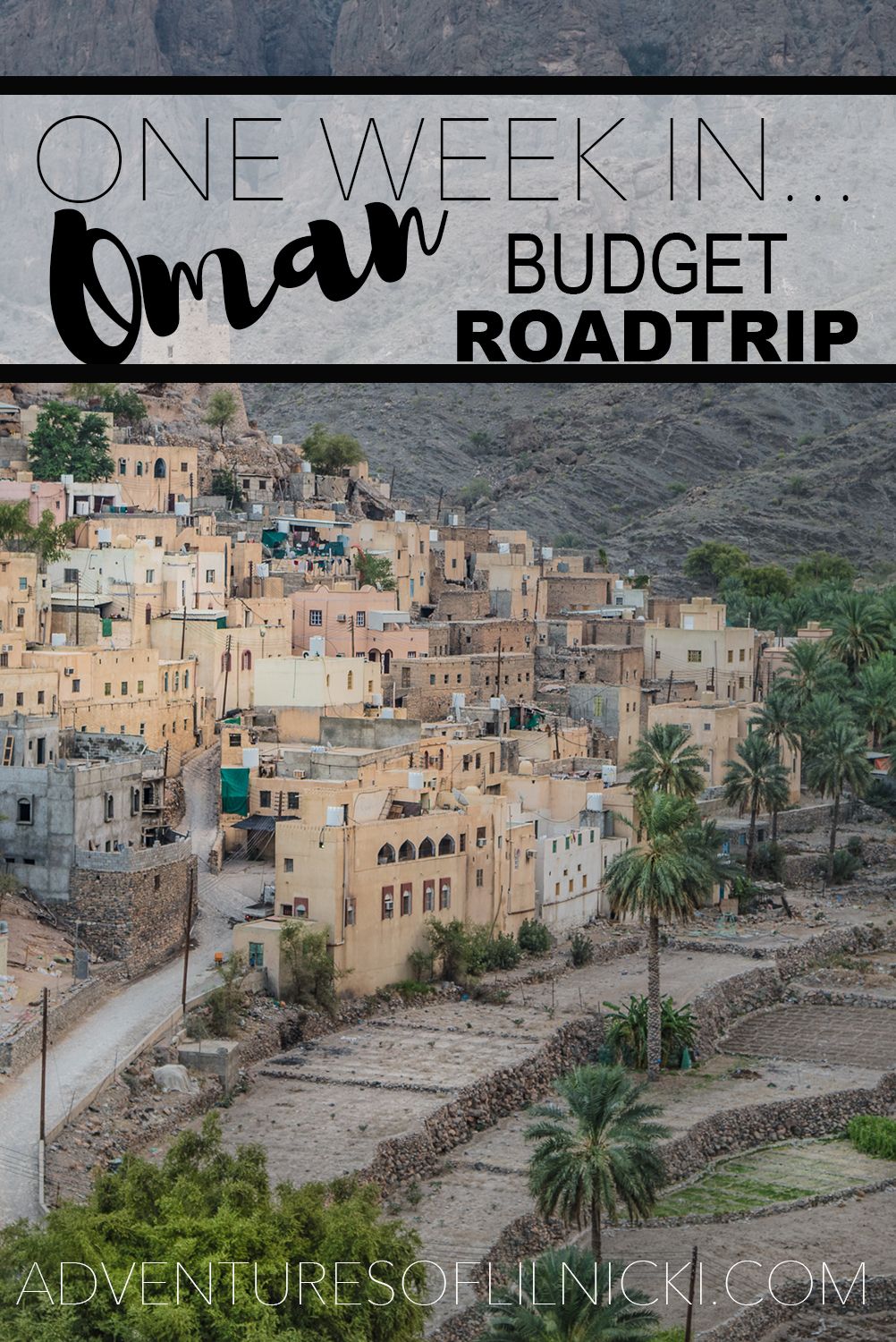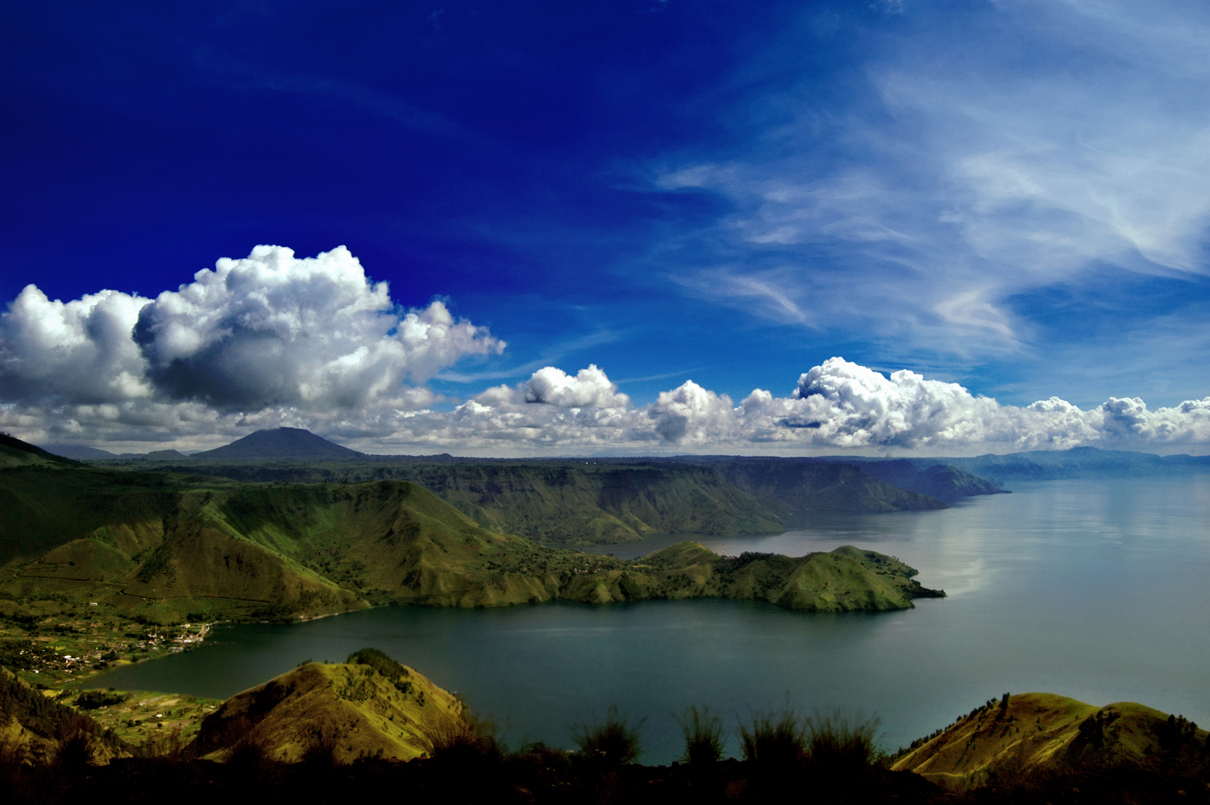
Lake Toba, a colossal caldera lake in North Sumatra, Indonesia, is not just a breathtaking natural wonder; it’s a place steeped in dramatic geological history, vibrant Batak culture, and a unique charm that captivates every visitor. Far from being just another beautiful lake, Toba is a testament to the raw power of nature, a cradle of an ancient civilization, and a destination that offers an unforgettable blend of adventure, relaxation, and cultural immersion.
This vast, sapphire-blue expanse, cradled by mist-shrouded mountains, is the largest volcanic lake in the world and the site of one of the most colossal supervolcano eruptions in Earth’s history. Its sheer scale is awe-inspiring, and its story is as dramatic as its formation. From its fiery birth to its serene present, Lake Toba beckons with a wealth of experiences waiting to be discovered.
A Fiery Genesis: The Geological History of Lake Toba
Related Articles about Lake Toba: A Volcanic Masterpiece and Indonesia’s Crown Jewel:
- Amsterdam: A Tapestry of Canals, Culture, and Charm
- Chicago’s Grand Dames and Modern Marvels: A Connoisseur’s Guide to the City’s Top Hotels
- Hong Kong’s Crown Jewels: A Guide to Top Hotels and the City’s Charms
- Casablanca’s Crown Jewels: A Guide to the Top Hotels and Unveiling the City’s Charms
- Bangkok: The City of Angels, A Timeless Tapestry of Wonders
The story of Lake Toba is intrinsically linked to the Toba supervolcano, a geological titan whose eruption around 74,000 years ago dramatically reshaped the planet. This cataclysmic event, estimated to be the largest eruption in the last 25 million years, spewed an incredible volume of ash and gas into the atmosphere, potentially causing a volcanic winter and a near-extinction event for humanity. The eruption’s immense force caused the magma chamber beneath the volcano to collapse, forming the massive caldera that is now Lake Toba.
The lake itself is a staggering 100 kilometers (62 miles) long and 30 kilometers (19 miles) wide, with a maximum depth of 505 meters (1,657 feet). The central feature within this vast caldera is Samosir Island, a colossal island roughly the size of Singapore, which is believed to be a resurgent dome formed by the uplift of the caldera floor after the eruption. Samosir Island is the heart of the Toba experience, a place where the Batak culture thrives and ancient traditions are preserved.
Over millennia, the caldera has filled with water, creating the tranquil lake we see today. The surrounding mountains, remnants of the ancient volcano, provide a stunning backdrop and contribute to the region’s fertile soil, which supports lush vegetation and a thriving agricultural community. The geological history of Lake Toba is not just a scientific marvel; it’s a powerful reminder of the earth’s dynamic nature and the resilience of life.
Main Attractions: Beyond the Azure Waters
While the sheer beauty of the lake is undoubtedly the primary draw, Lake Toba offers a diverse range of attractions that cater to every type of traveler.
-
Samosir Island: This is the undisputed centerpiece of the Lake Toba experience. Its rolling hills, terraced rice paddies, traditional Batak villages, and ancient megalithic sites offer a fascinating glimpse into the region’s rich history and culture.
- Tomok Village: One of the most accessible and well-preserved traditional Batak villages on Samosir, Tomok is famous for its ancient royal tombs, particularly that of King Sidabutar, adorned with intricate carvings. Here, you can witness traditional Batak dances and purchase local handicrafts.
- Ambarita Village: This village is renowned for its ancient stone court and execution sites. The imposing stone chairs and tables, once used for tribal councils and the gruesome ritual of public executions, offer a chilling yet captivating historical perspective.
- Tuk-tuk Peninsula: This popular tourist hub on Samosir Island is the most developed area, offering a wide range of accommodation, restaurants, and activity providers. It’s the perfect base for exploring the island and enjoying the lake’s amenities.
- Huta Bolon Simanindo: Another significant Batak village, Simanindo boasts a well-preserved traditional house and offers insights into Batak customs and beliefs. You can also witness traditional performances here.
- Simanindo Museum: Located in Simanindo, this museum houses a collection of Batak artifacts, traditional tools, and cultural items, providing a deeper understanding of the Batak way of life.
-
Batak Culture and Traditions: The indigenous Batak people are the custodians of this region, and their vibrant culture is an integral part of the Lake Toba experience. Witnessing their traditional dances (like the Tor-tor dance), listening to their unique music, and learning about their animistic beliefs and ancestral worship is a deeply enriching experience. The Batak are known for their warm hospitality and their strong sense of community.
-
Pangururan Hot Springs: Located on Samosir Island, these natural hot springs offer a therapeutic and relaxing experience amidst beautiful natural surroundings. The mineral-rich waters are believed to have healing properties.
-
Sipiso-piso Waterfall: While not directly on the lake, this magnificent waterfall, plunging over 120 meters (390 feet) into a gorge, is a popular excursion from the Toba region. Its name, meaning "sharp knife," refers to its slender, powerful stream of water.
-
Mount Pusuk Buhit: For the adventurous, a hike up Mount Pusuk Buhit offers panoramic views of Lake Toba and the surrounding landscape. This dormant volcano is also considered a sacred mountain by the Batak people.
-
Berastagi: A charming highland town located a few hours’ drive from Lake Toba, Berastagi is known for its cooler climate, volcanic landscapes, and vibrant fruit and vegetable markets. It’s a great stopover on the way to or from the lake.
Travel Tips for an Unforgettable Visit
To make the most of your Lake Toba adventure, here are some essential travel tips:
- Currency: The Indonesian Rupiah (IDR) is the official currency. ATMs are available in larger towns like Parapat and on Samosir Island, but it’s advisable to carry some cash, especially when visiting more remote villages.
- Language: Bahasa Indonesia is the national language, but local dialects are spoken in the Toba region. While many people in tourist areas speak some English, learning a few basic Indonesian phrases will be greatly appreciated.
- Respect Local Customs: The Batak people have strong cultural traditions. Dress modestly when visiting villages and religious sites. Always ask for permission before taking photographs of people.
- Health and Safety: Consult your doctor about recommended vaccinations before your trip. Drink bottled water and be cautious about street food. Mosquito repellent is advisable, especially during dawn and dusk.
- Getting Around Samosir Island: Scooters and motorbikes are the most popular and flexible way to explore Samosir Island. They can be rented easily in Tuk-tuk and other tourist hubs. Alternatively, you can hire a car with a driver for a more comfortable experience.
- Bargaining: Bargaining is common in markets and when purchasing souvenirs. Be polite and fair in your negotiations.
- Connectivity: Wi-Fi is available in most hotels and cafes, but it can be inconsistent in some areas. Consider getting a local SIM card for better mobile data access.
Best Time to Visit Lake Toba
Lake Toba enjoys a tropical climate, with warm temperatures year-round. However, certain periods offer a more pleasant experience:
- Dry Season (June to September): This is generally considered the best time to visit Lake Toba. The weather is typically sunny with less rainfall, making it ideal for outdoor activities like hiking, swimming, and exploring the villages. The lake is also calmer during this period.
- Shoulder Seasons (April-May and October-November): These months can also be good, offering fewer crowds and slightly lower prices. While there might be occasional rain showers, they are usually brief.
- Rainy Season (December to March): This period experiences more frequent and heavier rainfall. While the landscape is lush and green, some outdoor activities might be limited. However, the dramatic skies can offer unique photographic opportunities, and the lower tourist numbers can be appealing to some.
Accommodation Options: From Budget to Boutique
Lake Toba offers a diverse range of accommodation to suit every budget and preference, with Samosir Island being the most popular area for lodging.
- Budget Guesthouses and Homestays: Scattered throughout Tuk-tuk and other villages, these offer affordable and authentic experiences. Many provide basic amenities and a chance to interact with local families.
- Mid-Range Hotels and Resorts: Located primarily in Tuk-tuk, these options provide more comfort and amenities, including swimming pools, on-site restaurants, and better Wi-Fi.
- Boutique Hotels and Eco-Lodges: For a more unique and upscale experience, consider boutique hotels or eco-lodges that often blend seamlessly with the natural environment and offer personalized service.
Popular Areas for Accommodation:
- Tuk-tuk: The most developed tourist area on Samosir Island, offering the widest selection of accommodation, restaurants, and activity providers.
- Tomok and Ambarita: These villages offer more traditional homestays and guesthouses for those seeking a more immersive cultural experience.
- Parapat: The gateway town to Samosir Island on the mainland, offering a range of hotels and guesthouses.
Local Delicacies: A Taste of North Sumatra
The culinary scene around Lake Toba is a delightful exploration of Batak flavors, influenced by local ingredients and traditional cooking methods.
- Babi Panggang Karo (BPK): This is a must-try! It’s roasted pork, marinated in a rich blend of spices, often served with a tangy sauce and rice. It’s a staple in Batak cuisine.
- Arsik Ikan Mas: A flavorful dish of carp (ikan mas) cooked in a turmeric and herb-based sauce. The aroma and taste are distinctive and delicious.
- Saksang: Another popular pork dish, Saksang is made with minced pork, blood, and a variety of aromatic spices. It’s a strong and savory flavor that’s a true Batak delicacy.
- Naniura: This is a raw fish dish, typically made with carp, marinated in lime juice and a mixture of herbs and spices. It’s a refreshing and unique dish.
- Lappet: A sweet dessert made from rice flour, coconut, and palm sugar, often steamed in banana leaves. It’s a simple yet satisfying treat.
- Local Fruits and Vegetables: The fertile volcanic soil yields an abundance of fresh fruits and vegetables. Don’t miss trying the local passion fruit, rambutan, durian (if you’re brave enough!), and various tropical delights.
Getting There and Around: Navigating to Paradise
Reaching and exploring Lake Toba requires a bit of planning, but the journey is part of the adventure.
By Air:
- The nearest airport to Lake Toba is Silangit International Airport (DTB), located near Siborong-borong, about 1.5-2 hours’ drive from Parapat and the ferry terminals to Samosir Island. This airport receives flights from major Indonesian cities like Jakarta and Medan.
- Alternatively, you can fly into Kualanamu International Airport (KNO) in Medan, which is a larger international airport. From Medan, you can take a bus or a taxi to Parapat.
By Bus/Car:
- From Medan: Buses are a common and affordable way to reach Parapat from Medan. The journey takes approximately 4-5 hours. You can also hire a private car or taxi.
- From other Indonesian Cities: Long-distance buses connect Medan to various cities across Sumatra.
From Parapat to Samosir Island:
- Ferry: Regular public ferries operate from Parapat to various points on Samosir Island, most commonly to Tomok. The ferry ride takes about 30-60 minutes.
- Private Boat: You can also hire private boats for a faster and more direct transfer, especially if you are traveling with a group.
Getting Around Lake Toba and Samosir Island:
- Motorbike/Scooter Rental: The most popular and flexible option for exploring Samosir Island. Renting a motorbike allows you to stop at scenic viewpoints and visit villages at your own pace.
- Car with Driver: A more comfortable option, especially for longer distances or if you prefer not to drive.
- Bicycle Rental: For the more active, cycling around certain areas of Samosir can be a rewarding experience.
- Local Transport: In towns and villages, you can find bemo (minibuses) or ojeks (motorcycle taxis) for shorter journeys.
Lake Toba is more than just a destination; it’s an experience that resonates long after you’ve left its shores. It’s a place where the immense power of nature has sculpted a landscape of unparalleled beauty, and where a rich and vibrant culture continues to thrive. From the dramatic geological history to the warm smiles of the Batak people, Lake Toba offers a journey of discovery, adventure, and profound connection to the heart of Indonesia.

